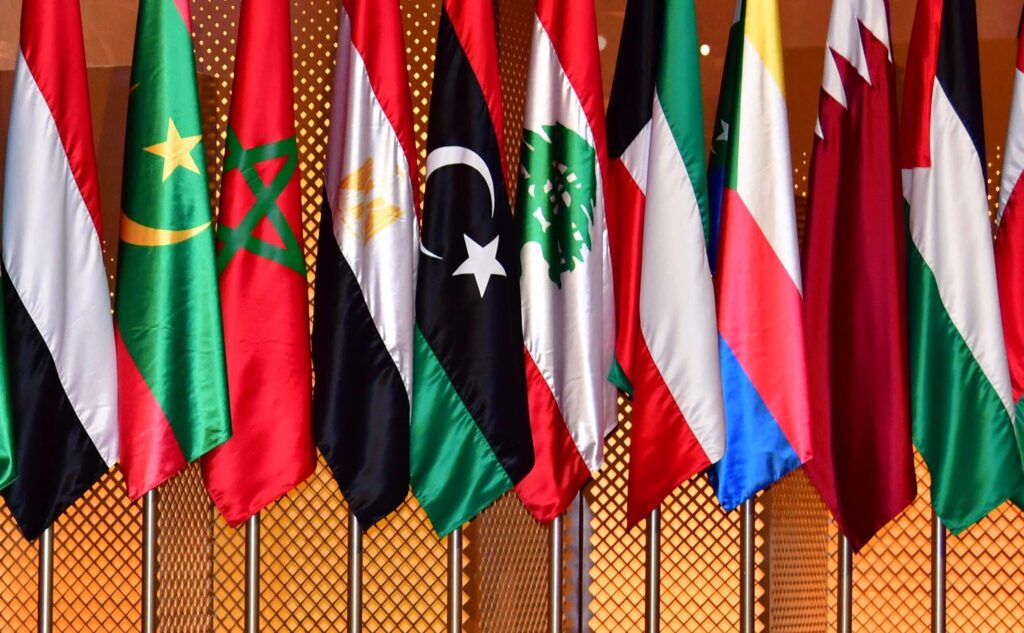History of Terminology Associated with Arabs

By: Yaara Aleissa / Arab America Contributing Writer
Arab terminology matters
Words go a long way especially the terminology we use in association with one’s identity. Arabs have had an overwhelming influence on history and our present-day society. However, how these individuals are referred to in alignment with their culture and native language has frequently been undermined.
It becomes a prominent issue when these terms are not looked at with their historical significance. Inclusion is important therefore being aware of the terminology used to refer to Arab and Arabic-speaking individuals is essential.
Arab American
According to the U.S. Department of State, the first Arab American was Estebanico Azemmouri. A Moroccan man who landed in the United States in 1527. From hence forth the population of Arabs in the United States has skyrocketed. Almost 3 million of the population in the US is made up of Arabs.
As the population of Arabs in the United States continues to increase they find ways to incorporate their culture into the region. Thus, bringing rise to the coined identity, Arab American. It represents the incorporation of both. The roots of their Arab nation while also embracing their rightful citizenship as Americans.
This inclusion and the use of such terminology recognize both sides of the individual’s culture. Arabs have made a mark in the United States thus it is important to give them recognition for that without forgoing the culture that may have shaped who they’ve become.
Middle Eastern
The term “Middle East” was coined by the British in the 19th century during their colonization of the region. The term, is Eurocentric, looking at the region from where Europe stands on the map. Even, in the definition of the region, it incorporates non-Arabic speaking countries such as Iran and Turkey.
This term looks at Arabs from a Western view. It becomes problematic when it is used to identify Arabs and is not always the preferred term. Most literature and research pertaining to Arabs have begun to stray from the term in order to credit the political inaccuracy of the term.
MENA
The abbreviation, MENA, referring to the Middle East and North Africa builds off the Western view of the Arab region. This term has been coined by many politicians and used in many government-affiliated facilities.
While the term still has its limitations it is meant to be more inclusive to the regions that make up Arabs. It has had many renditions with some expanding the term to include Turkey, using MENAT. Others, including South Asia through the term MENASA.
The Levant and the Gulf
The region where Arabs reside is large and complex with a rich history. These regions have been divided into some prominent terms like the Levant and the Gulf region.
The term “Levant” was first used in 1497 to refer to the regions of the Mediterranean “East of Italy”. Once again bringing in a European perspective of the region. Even the term derives from the Italian word levante, meaning “rising”. The region incorporated Syria, Lebanon, Palestine, and Jordan.
On the other hand, the Gulf gets its name from its surrounding body of water, the Persian Gulf. Encompassing countries such as Kuwait, Iraq, Oman, Qatar, Saudi Arabia, and the United Arab Emirates.
Arab world
In a manner to separate regions that have been included as Arab despite not speaking Arabic the term “Arab world” has been adopted. It includes 22 states that have been recognized by the World Health Organization. The classification groups countries from the Levant, the Gulf, and North Africa together onto one term. However, some have argued that separating the groups into their perspective region is more representative than the overarching term “Arab world”.
Throughout history, the term “Arab” has been used in a variety of contexts. Cited in religious texts to being used as a marker of separation from Ottoman rule. In both instances, it is used as a sense of identity. One that is distinct from the rest of the Asian region. Today, the significance of using the Arab world to identify Arabic-speaking countries remains.
Expanding the word bank
The need to identify Arab Americans and Arab history still remains. Some of these terms have not been satisfactory to represent all individuals from Arabic-speaking countries. Other terms that have been adopted especially in more academic research include SWANA (South West Asian and North American) alongside WANA (West Asian and North African). Both of these terms are meant to be accurate definers of what region Arabs reside in rather than the Western view of the region. Which remains the main initiative when each of these terms arises. A sense of identity that is chosen by Arabs and Arabs alone.
Check out Arab America’s blog here!








